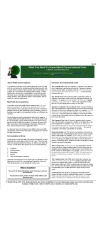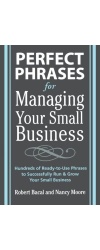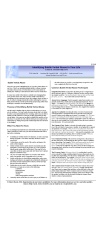To understand how electronic mail is different than ANY other medium we need to look at a little bit of painless communication theory. Before we do, a comment on some models of communication you may have come across in the past in training sessions or other books. Many of the models used in training are based on the “telegraphic model”. The telegraphic model suggests that there is a sender and a receiver for any given message, and they switch positions in turn. So the simplified model looks like this:
Person A——–>Person B——->Person A———>Person B
The sender sends a message which arrives at the receiver, who figures out what it means, and then in turn becomes the sender while the other becomes the receiver. This model, commonly applied to all communication is mostly incorrect. It applies to telegrams and telegraphs, but not to all forms of communication
Let’s fix it so it reflects what really happens with face-to-face communication. In face-to-face communication, communication is not sequential. When two people talk in person, both parties are sending and receiving information at the exact same time. For example,
when one person is talking, the other may be not talking but through the use of non-verbals (facial expression or nodding) send messages of approval or disapproval WHILE the person is talking. So face-to-face communication involves both parties being sender and receiver at the same time. It looks like this:
Person A<——————>Person B
This allows for what we call simultaneous mutual influence. Each person’s behaviour influences the other’s reactions on the fly, in real time. It allows for mid-course corrections if both parties are sensitive to the messages sent by the other person and willing to be influenced by them.
Different communication mediums differ in terms of how close they are to face-to-face real time communication and influence or how close they are to the telegraphic model where only one person sends at a time and influence goes one way, then switches to the other.
Telephone conversations are closer to face-to-face interactions, but have less mutual simultaneous influence. Letter writing is much closer to (or perhaps identical to the telegraphic model. Electronic communication (via e-mail) is telegraphic and sequential. You send a message to a colleague, wait for a response, and then respond to that.
The critical point here as it relates to e-mail is that the closer a medium is to telegraphic communication, the more likely it is to end up creating conflict, and the more difficult it is to resolve conflict using that medium. Misunderstandings cannot be clarified or fixed in real time, for example.






